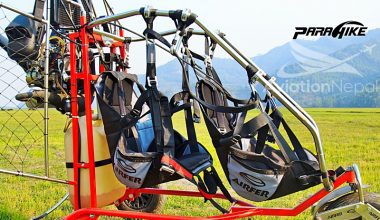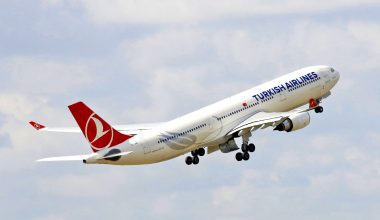Prominent Safety Measures to minimize aviation accidents
May 25, 2017
Aviation industry of Nepal is transforming into new level with the fact that the industry is receiving increasing number of aircraft and encountering minimal air incidents. The domestic airline operators are upgrading their capacity with introduction of advanced aircraft. Flight frequency has been rocketing these days due to rise of air passengers. Moreover, introduction of jet aircraft has brought some modernization and advancement in flight operation. However, the industry can only succeed and excel forward if aviation safety is kept into utmost priority.
Nepal, being a geographically complex country produces unpredictable and constantly changing weather. Moreover, the mighty mountains and vigorous terrains always create difficult circumstances for flight operation. The country’s sole international airport is handling all the hefty air traffic currently and is also facing the problem of insufficient parking spaces. 2016 was a safe year for Nepali aviation however; aviation safety will always be a challenge on days to come.
Hence, to maintain and enhance the aviation safety, the respective authorities and airline operators must strictly go through prominent aviation safety measures such as aviation safety conference or awareness program, strict VFR (Visual Flight Rules) implementation, strong pilot license requirements, CRM (Crew Resource Management) training, installment of aircraft tracking system and human factors training.
Safety awareness conferences and programs are highly beneficial for enhancing aviation safety as it involves the active participation and discussion among airline operators, authorities and other partners providing insights and practical knowledge on situational awareness in flying. According to Civil Aviation Authority of Nepal (CAAN), safety awareness programs such as National Aviation Safety Campaign, monsoon seminars, etc. are being organized in regular basis.
VFR flights are very popular in Nepal due to its topography and complex climate. Vibrant mountains, terrains and constantly changing weather phenomenon are the obstacle for IFR (Instrumental Flight Rules) flights in Nepal. So, it is utmost duty of pilot to safely execute VFR in bad weather conditions. Sharp and strict regulation towards VFR is necessary to reduce the risk of air incident.
Pilots are the soul of the aircraft so; they must be well equipped with piloting knowledge and experience to fly the challenging airstrips of Nepal. Aviation authority must implement stringent pilot license requirement so that aviation accidents can be minimized in a proper fashion.
CRM is an effective mechanism for flight crew personnel to assure safe and resourceful operation, error reduction, stress avoidance and efficiency enhancement by utilizing all available resources. It must be mandatory for all flight crews to renew their license.
Aircraft tracking system and Enhanced Ground Proximity Warning System (EGPWS) are vital component for aviation safety. It is the role of aviation authority to make provisions of compulsorily installation of EGPWS for all twin-engine aircraft in domestic schedule operation.
Human conditions such as fatigue, complacency and stress play vital role in aviation maintenance. Human factors directly cause or contribute to many aviation accidents. It is universally agreed that 80 percent of maintenance errors involve human factors. If they are not detected, they can cause events, worker injuries, wasted time, and even accidents. So, human factors training is essential to reduce any accidents that can be produced by human factor.






